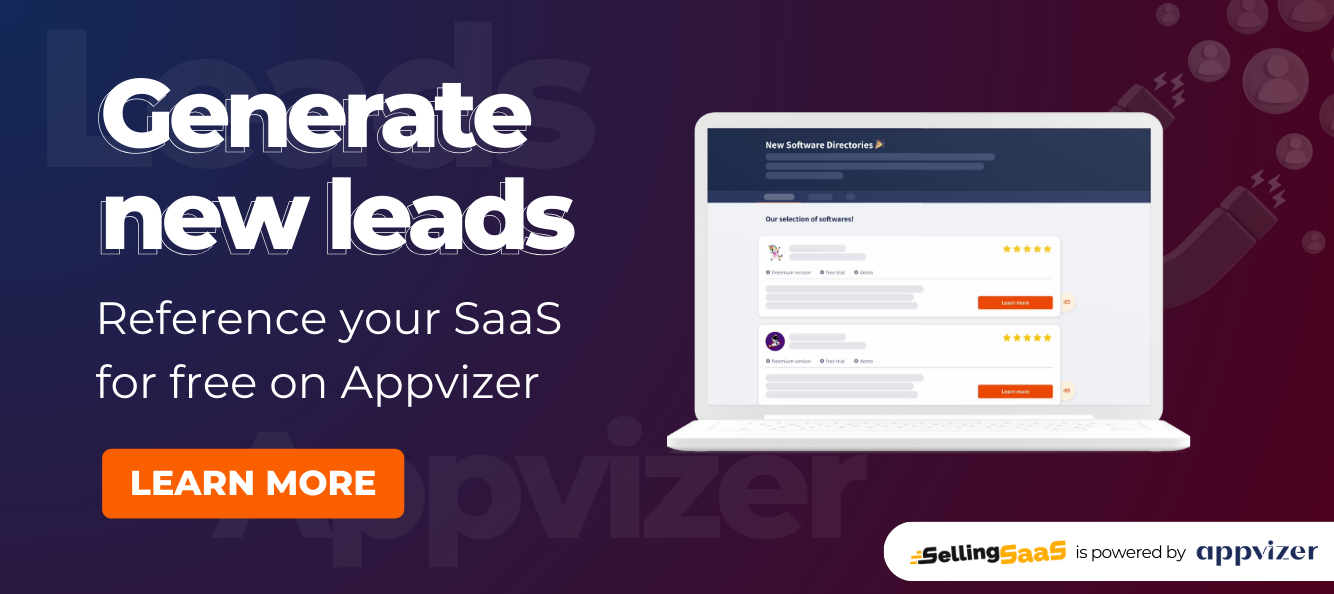1. Fundamentals of SaaS Cyber Security
In the rapidly evolving digital landscape, Software as a Service (SaaS) has become a fundamental component of modern business operations. However, this shift to cloud-based services introduces unique cyber security challenges. Understanding and addressing these challenges is crucial for protecting sensitive data and maintaining robust security in a SaaS environment.
a. SaaS in the Enterprise: An Overview
SaaS stands as a pivotal model in the enterprise world, where software applications are hosted remotely and accessed via the internet. This model offers unparalleled flexibility and scalability but also brings forth specific security considerations. The accessibility and dependency on remote servers make SaaS applications inherently vulnerable to a range of cyber threats.
b. Unique Security Challenges in SaaS Applications
SaaS platforms, due to their cloud-based architecture, encounter unique security challenges. These challenges include potential data breaches, unauthorized access, compliance issues, and vulnerabilities in shared infrastructure. The complexity increases with the dependency on third-party providers, necessitating a more nuanced approach to security.
c. Securing SaaS Applications: Best Practices
Adopting comprehensive security measures is critical for safeguarding SaaS applications:
- Utilizing Native Security Features and Controls: Effective use of built-in security tools provided by SaaS platforms is fundamental. This includes employing encryption, firewalls, and intrusion detection systems to safeguard data.
- Ensuring Data Encryption and Integrity: Critical data should be encrypted both during transit and while at rest. Implementing protocols such as SSL/TLS for data in transit and adhering to robust encryption standards for stored data are essential practices.
- Strengthening Identity Management and Access Controls: Robust identity and access management systems are vital. Practices such as enforcing strong access controls, multi-factor authentication, and regular updates to access credentials help mitigate unauthorized access risks.
- Leveraging Third-Party Security Certifications and Audits: Regular security audits and adherence to established certifications like ISO 27001 are crucial. Third-party assessments can provide an unbiased evaluation of security practices and help identify areas for improvement.
By understanding and implementing these best practices, businesses can significantly enhance the security of their SaaS applications. This proactive approach is not only about safeguarding data but also about building and maintaining trust with customers in an increasingly digitalized world. As SaaS platforms continue to evolve, so too must the strategies employed to protect them, ensuring ongoing resilience in the face of emerging cyber threats.
2. Proactive SaaS Security: Tips and Strategies
For businesses leveraging SaaS solutions, establishing a proactive stance on security is imperative. This section offers practical advice on assessing SaaS provider security, implementing robust cybersecurity measures, and managing risks associated with third-party integrations and APIs.
a. Evaluating SaaS Provider Security
Selecting the right SaaS provider involves scrutinizing their security practices:
- Developing a Questionnaire for Assessing SaaS Security: Create a comprehensive checklist to evaluate potential SaaS providers. This should cover their security policies, data handling practices, compliance with regulations, and incident response protocols.
- Understanding the SaaS Provider’s Responsibility Model: It’s vital to clearly understand what security aspects are managed by the SaaS provider and what falls under your responsibility. This clarity helps in addressing security gaps and ensuring comprehensive protection.
b. Crafting a Robust Cybersecurity Program
A well-structured cybersecurity program is key to safeguarding SaaS applications:
- Strategies for Incident Response and Data Breach Mitigation: Establish a solid incident response plan that includes immediate steps to be taken in the event of a data breach. This should involve not only technical responses but also communication strategies and legal compliance steps.
- Conducting Penetration Testing and Vulnerability Assessments: Regularly perform penetration tests and vulnerability assessments to identify and rectify potential weaknesses in your SaaS environment.
- Implementing IAM for SaaS Applications: Deploy advanced identity and access management solutions. This includes setting up stringent access policies, continuously monitoring user activities, and ensuring least privilege access to reduce the risk of insider threats.
c. Managing Fourth-Party Risks in SaaS
In SaaS ecosystems, the security of third-party integrations and APIs is as crucial as the primary application:
- Assessing Third-Party Integrations and API Security: Conduct thorough security assessments of all third-party integrations and APIs used within your SaaS environment. Ensure they adhere to your security standards and have robust security measures in place.
- Focusing on Code Analysis and Production Environment Security: Implement regular code reviews and security testing in the production environment. This helps in identifying vulnerabilities that could be exploited through third-party integrations or APIs.
By taking these proactive steps, businesses can significantly enhance the security of their SaaS applications. It’s not only about deploying the right tools but also about maintaining an ongoing commitment to security best practices. This approach ensures that as your SaaS environment evolves, so does your capacity to protect it against the ever-changing landscape of cyber threats.


